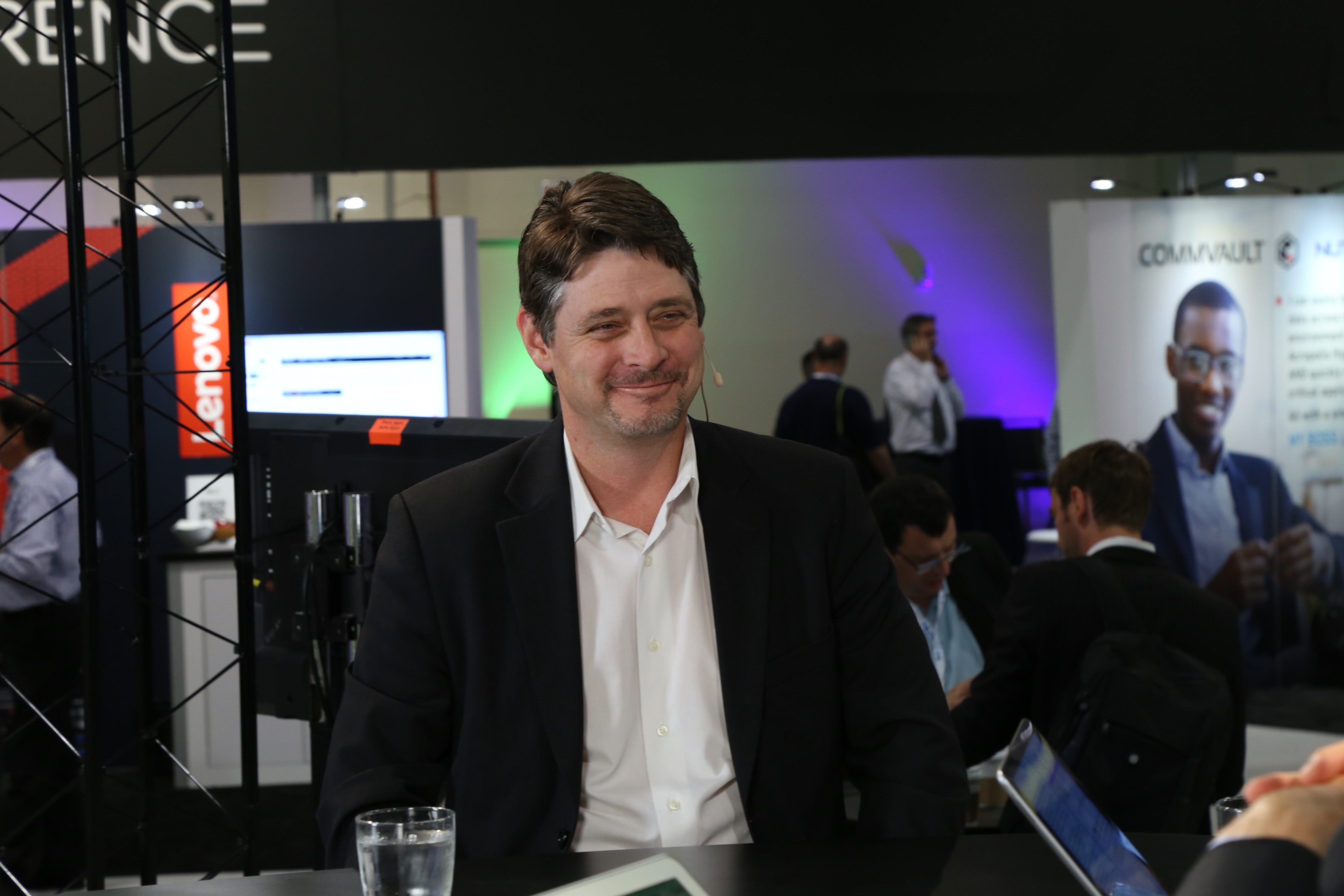 INFRA
INFRA
 INFRA
INFRA
 INFRA
INFRA
While advancements in technology can play a critical role in the daily operations within an enterprise, these breakthroughs very often go unnoticed in the general public. For technology leaders in public office, this requires a careful balance between raising awareness for technology without drawing too much attention to their challenges, especially tech challenges encountered during a disaster.
Jon Walton (pictured), chief information officer for San Mateo County, California, shared his thoughts on how new technology should remain largely invisible while still providing tremendous value to his constituents.
“As a CIO, you know you’ve done your job when you never have to talk about the technology. The people that we service in the community and the elected officials need to assume that we’re making good technical decisions. In a sense, the technology should be invisible, affordable and simple but enable the end results,” Walton said.
Walton spoke with Dave Vellante (@dvellante) and Stu Miniman (@stu), co-hosts of theCUBE, SiliconANGLE Media’s mobile livestreaming studio, during this week’s Nutanix .NextConf in Washington D.C., to describe the nuances he faces as a CIO of a government entity. (* Disclosure below.)
While the public may turn a blind eye to the infrastructure advancements in the county information technology department for the most part, the benefits of an advanced IT configuration can become very clear during times of crisis.
“We have over 200 applications we support for both public safety and healthcare, really mission-critical things that we can have zero downtime on. In a disaster situation, healthcare and public safety are probably going to be the most needed applications out there,” Walton said.
The county relies on Nutanix Inc. and other technology solutions to ensure these applications will always be available for users, even in the event both of the county’s local data centers go down, Walton explained.
“We’re working with Commvault, Nutanix and Amazon Web Services … we’re very confident in what we’ve implemented for our local compute. But what is the right balance between cloud and local compute, and how does that fit into the disaster recovery conversation?” Walton concluded.
Watch the complete video interview below, and be sure to check out more of SiliconANGLE’s and theCUBE’s coverage of the Nutanix .NEXT US 2017 event. (* Disclosure: TheCUBE is a paid media partner for Nutanix .NEXT US. Neither Nutanix Inc. nor other sponsors have editorial control over content on theCUBE or SiliconANGLE.)
THANK YOU